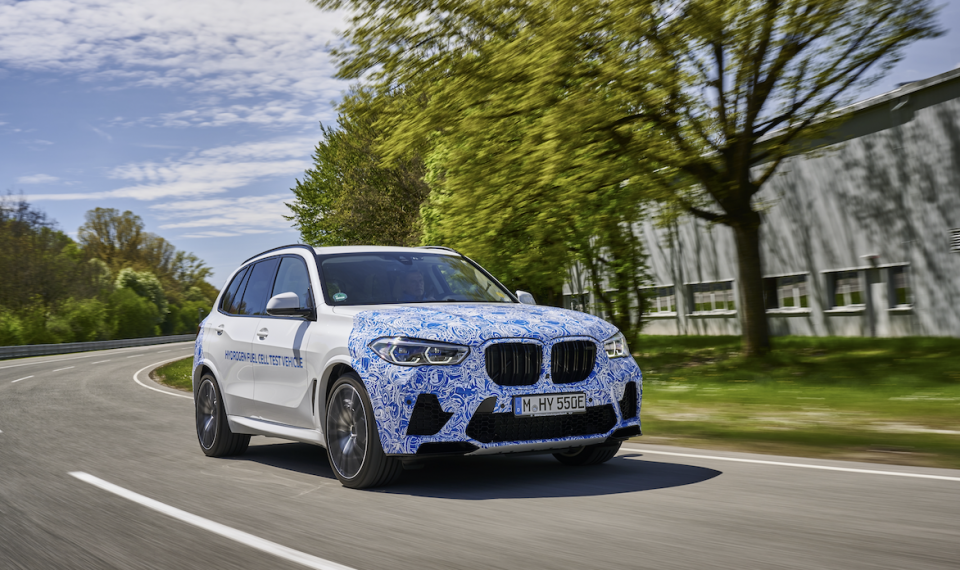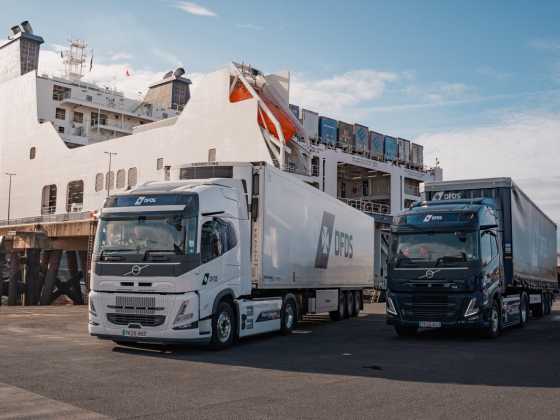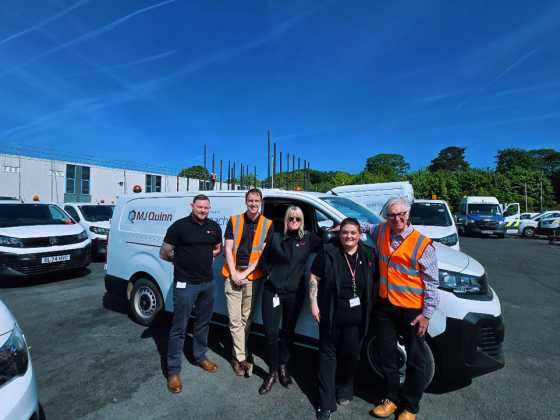Trials of BMW i Hydrogen NEXT begin

BMW Group has begun testing prototypes of the BMW i Hydrogen NEXT to examine how effectively the drivetrain, model-specific chassis technology and vehicle electronics systems work together under real-life conditions.
The recently launched testing programme will pave the way for the BMW Group to present a small-series hydrogen model, developed on the basis of the BMW X5, in late 2022. Extensive field testing of these vehicles will provide practical experience in the use of this sustainable drive technology.
“Hydrogen fuel cell technology can be an attractive option for sustainable drive trains – especially in larger vehicle classes,” according to Frank Weber, member of the Board of Management of BMW AG responsible for Development. “That is why road testing of near-standard vehicles with a hydrogen fuel cell drive train is an important milestone in our research and development efforts.”
A central element of the BMW i Hydrogen NEXT road tests now underway is fine-tuning the software that controls all driving and operating functions. The fuel cell system, hydrogen tanks, performance buffer battery and central vehicle control unit have all previously been tested individually and together in hundreds of test runs conducted on test benches. This functional testing is now being followed with field testing on the roads. The intensive programme, which is conducted under everyday conditions, helps development engineers validate the efficiency, safety, convenience and reliability of all components. At the same time, the test series is designed to ensure the characteristic driving pleasure of BMW models.
The BMW i Hydrogen NEXT uses fuel cells from the product development cooperation with the Toyota Motor Corporation. The individual cells come from Toyota, while the fuel cell stack and complete drive system are original BMW Group developments. The cooperation established in 2013 seeks to optimise the everyday practicality and scalability of hydrogen fuel cell technology for use in each company’s respective production vehicles through the intensive exchange of experience.
The complete drive system in the BMW i Hydrogen NEXT combines hydrogen fuel cell technology with fifth-generation BMW eDrive technology – which can already be experienced in the BMW iX3 and soon the BMW iX and BMW i4, as well. Energy is generated in the fuel cell as the result of a chemical reaction between the hydrogen carried by the vehicle and oxygen from the air. This delivers an electrical output of 125 kW/170 hp. An electric converter located below the fuel cell adjusts its voltage to that of the electric motor, which powers the BMW i Hydrogen NEXT.
Energy stored in a performance buffer battery is also used for dynamic acceleration manoeuvres and short bursts of speed for overtaking. As a result, the system delivers an output of 275 kW/374 hp that corresponds exactly to that of the most powerful six-cylinder in-line petrol engine currently used in BMW models – thereby guaranteeing the driving dynamics the brand is known for.
The hydrogen needed to supply the fuel cell is stored in two 700-bar tanks made of carbon-fibre reinforced plastic (CFRP), which together hold six kilograms of hydrogen. Its reaction with oxygen in the fuel cell generates electricity, while water vapour is the only emission produced by the drive train.



